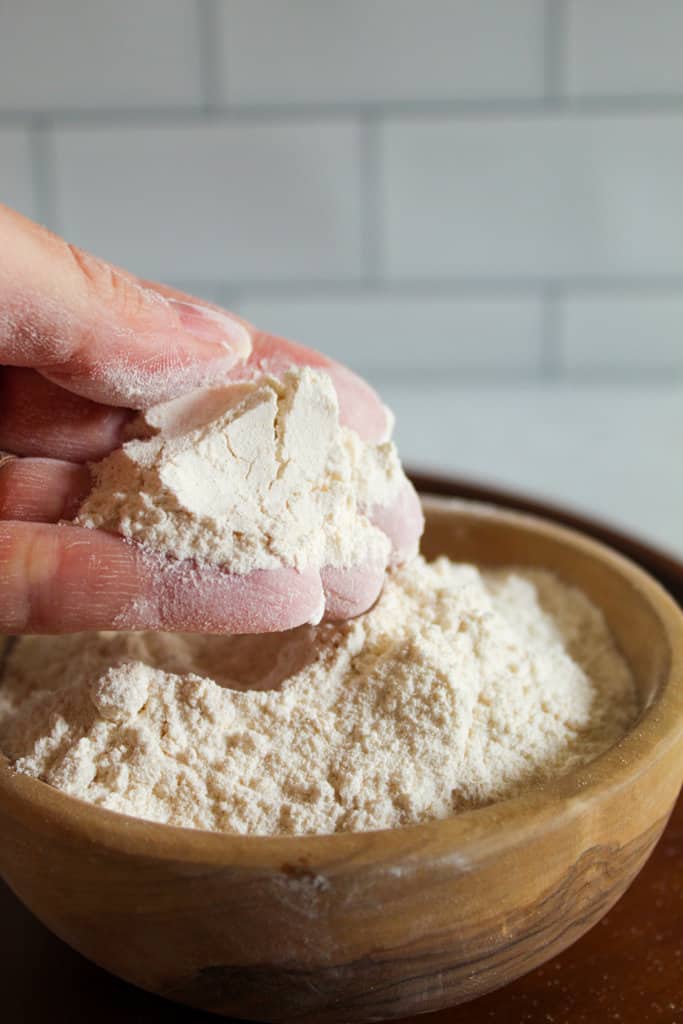
Also known as yuca flour, cassava flour comes from the root of the tropical cassava plant. It is made when the plant’s whole root is peeled, dried, and milled into a fine powder.
Uses: Ideally for simple cake baking and industrial Grade
Similarities & differences
Since they both come from the cassava plant (or yuca plant), tapioca starch and cassava flour are frequently associated with one another. Both are rich in carbohydrates, iron, and calcium in addition to being naturally gluten free. That being said, their functions in gluten free baking differ significantly.
The primary purpose of flour in baked goods is to provide structure. Starches, on the other hand, mimic the role of gluten. They create elasticity and act as a binder that holds all of the ingredients together. Additionally, starches absorb liquids and cause them to thicken. Generally, you should use starches in much lower quantities than flour in baked goods. While too much starch in a recipe can result in a gummy texture, excess flour can cause a dry and crumbly consistency.

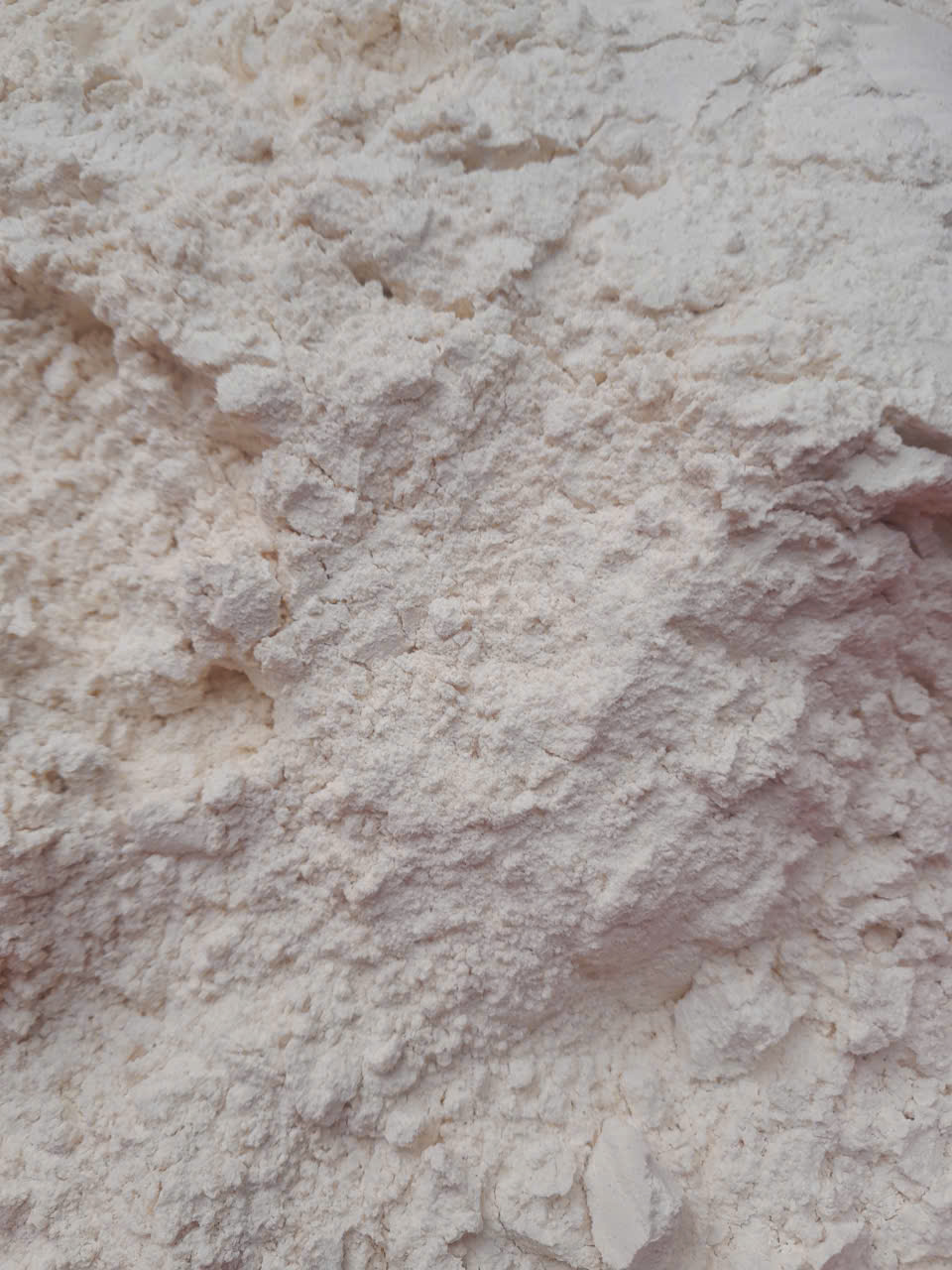

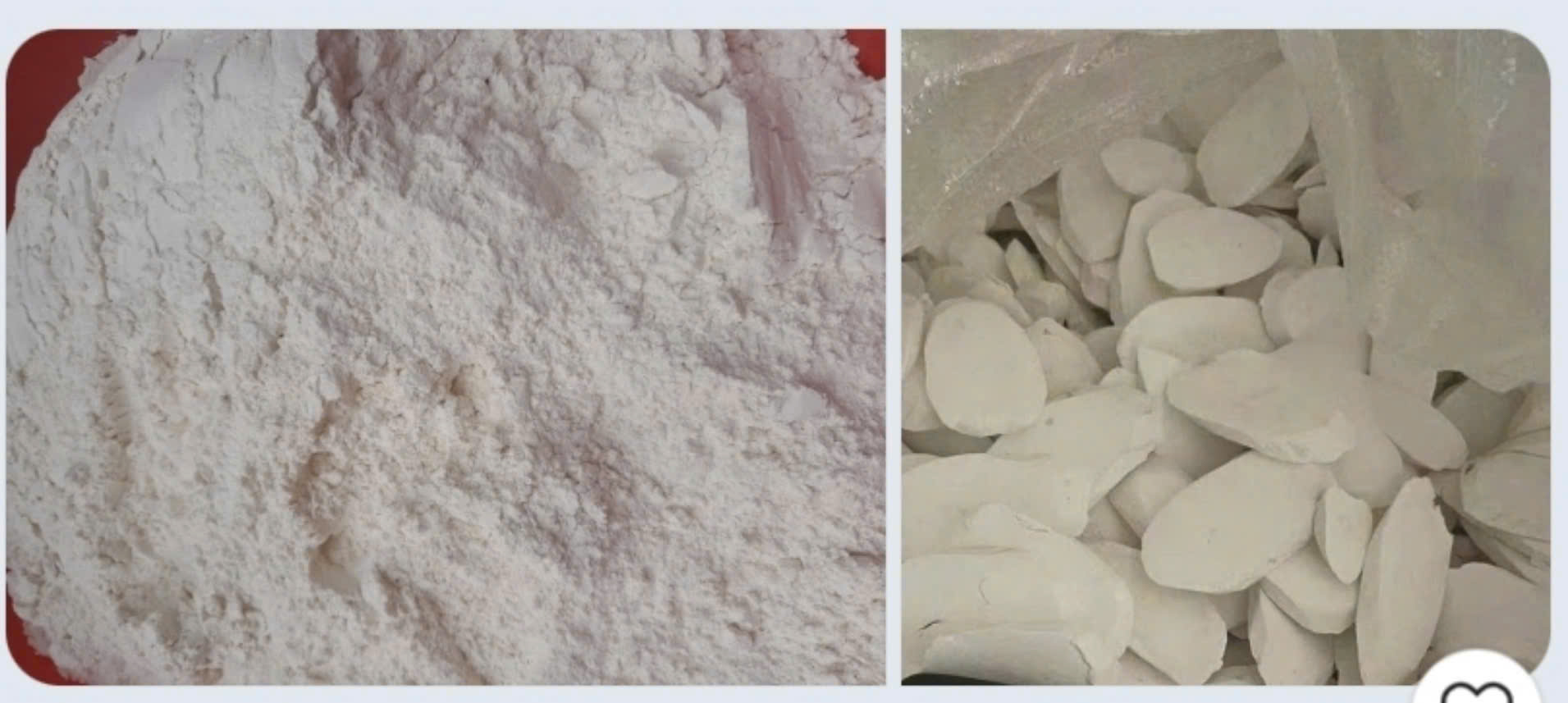

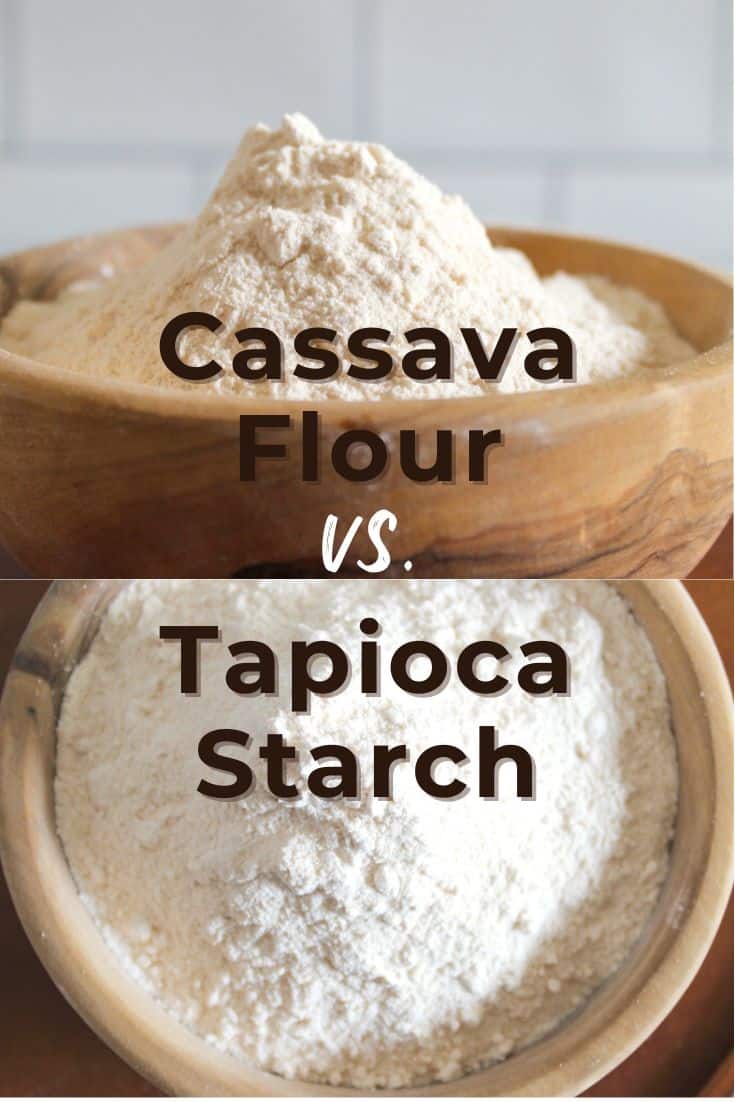
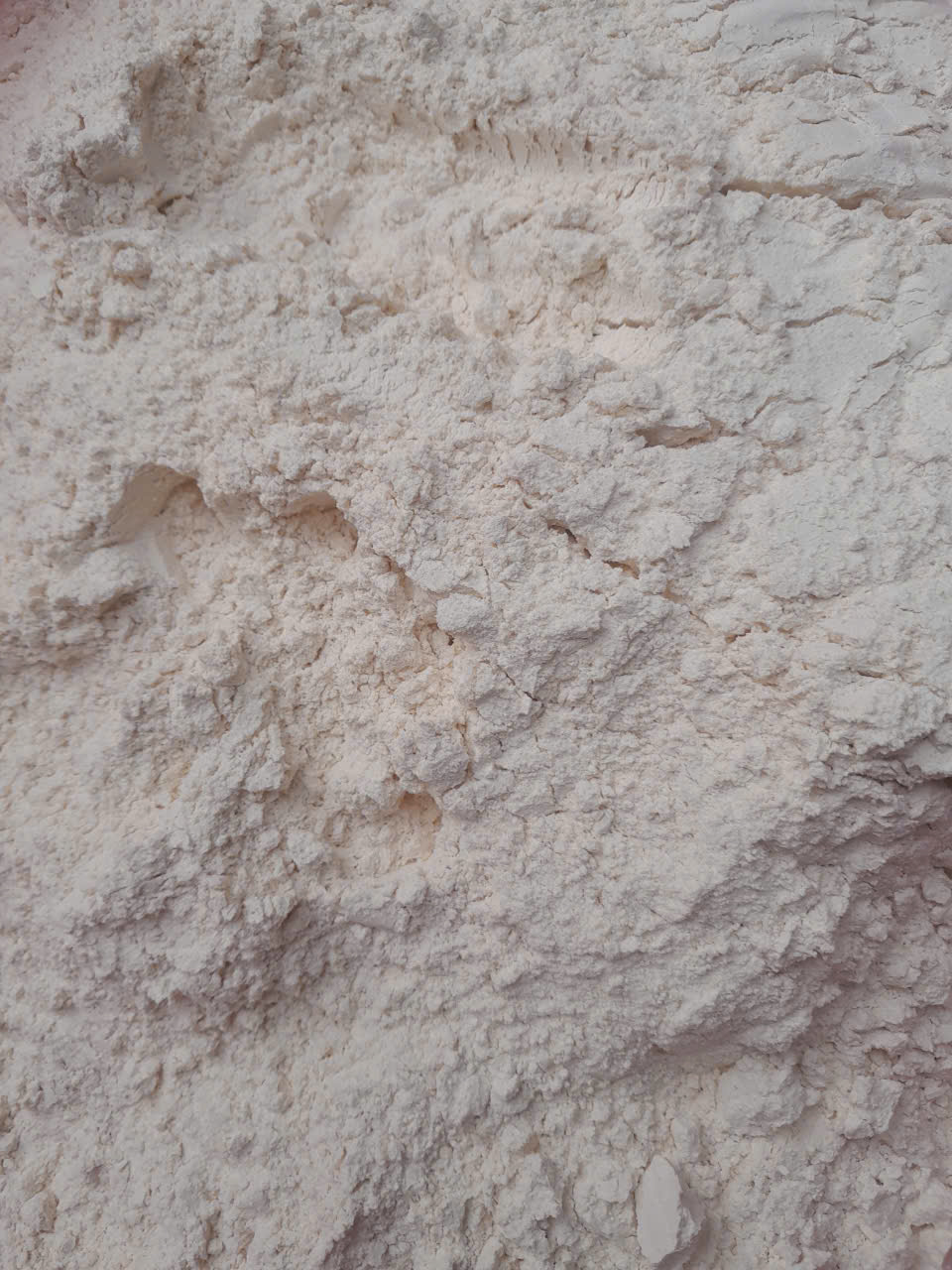
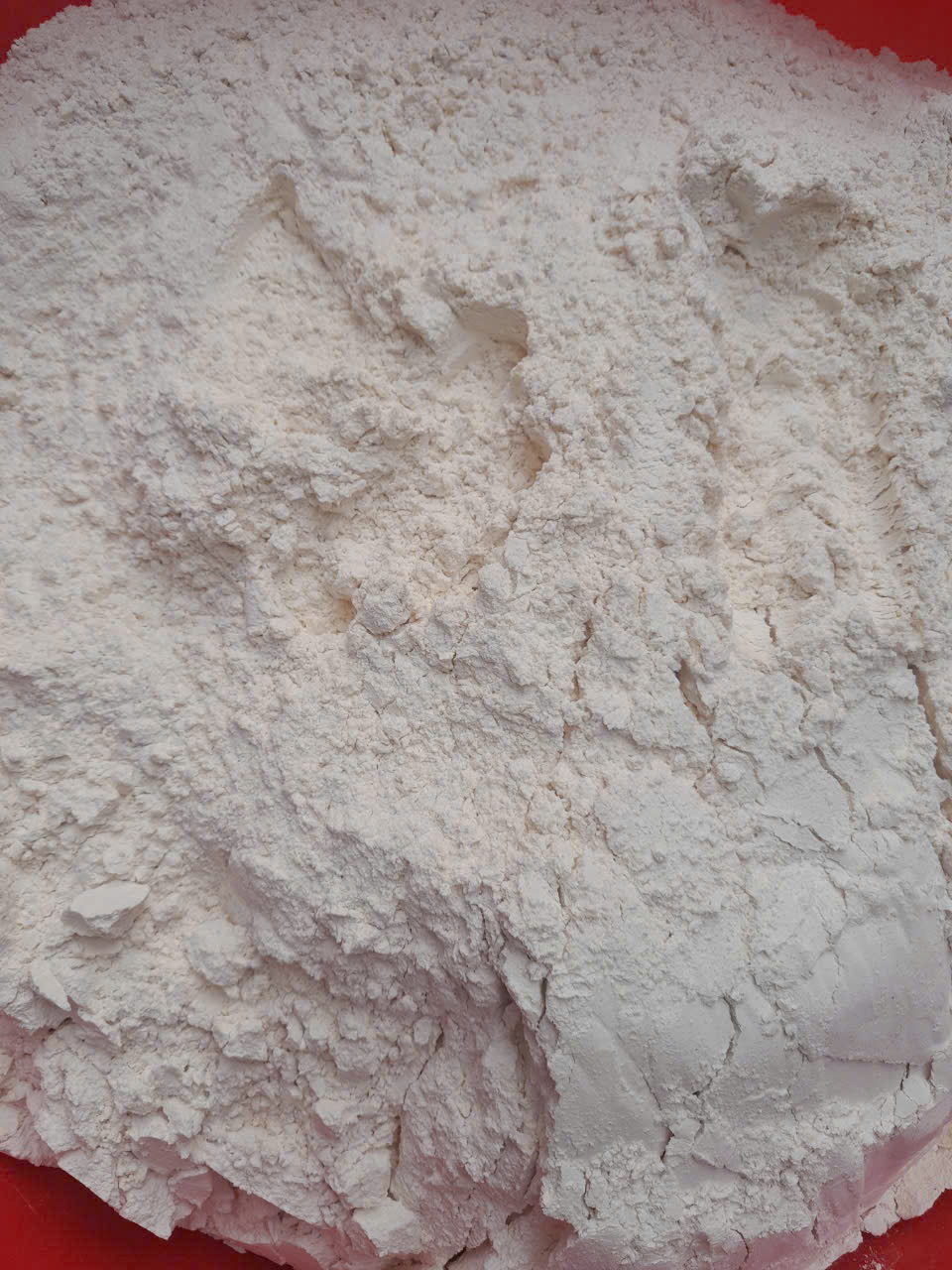
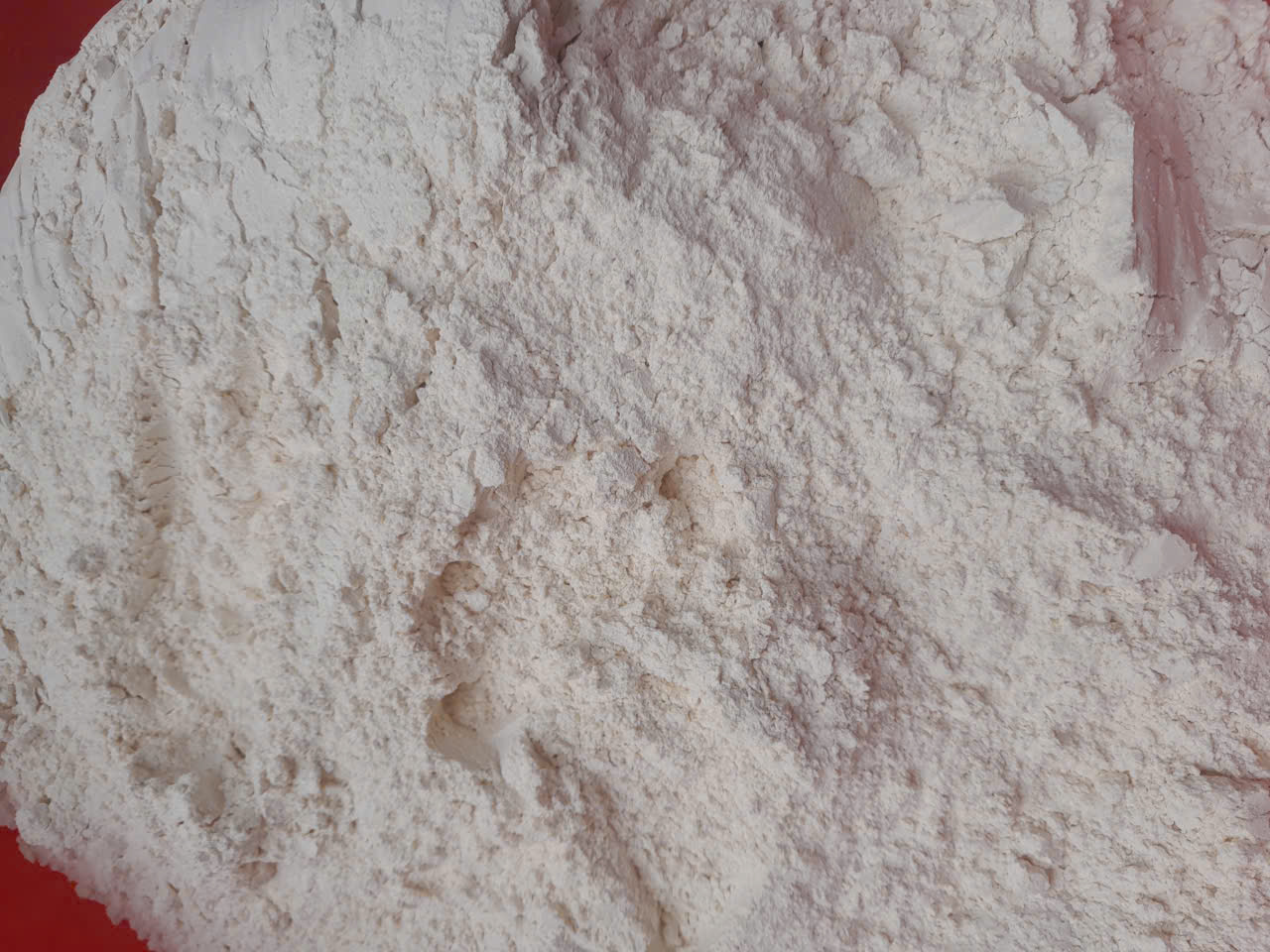

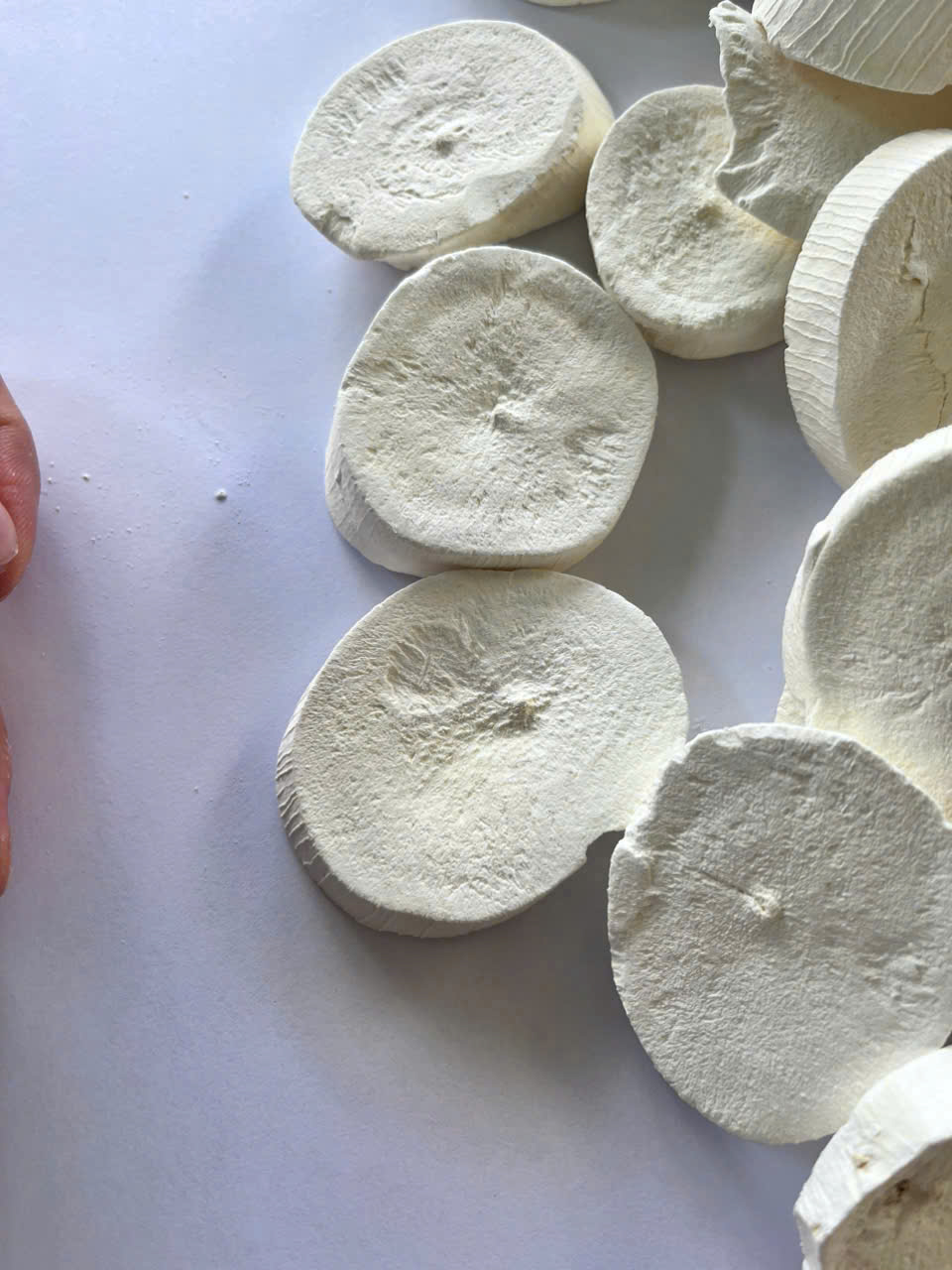
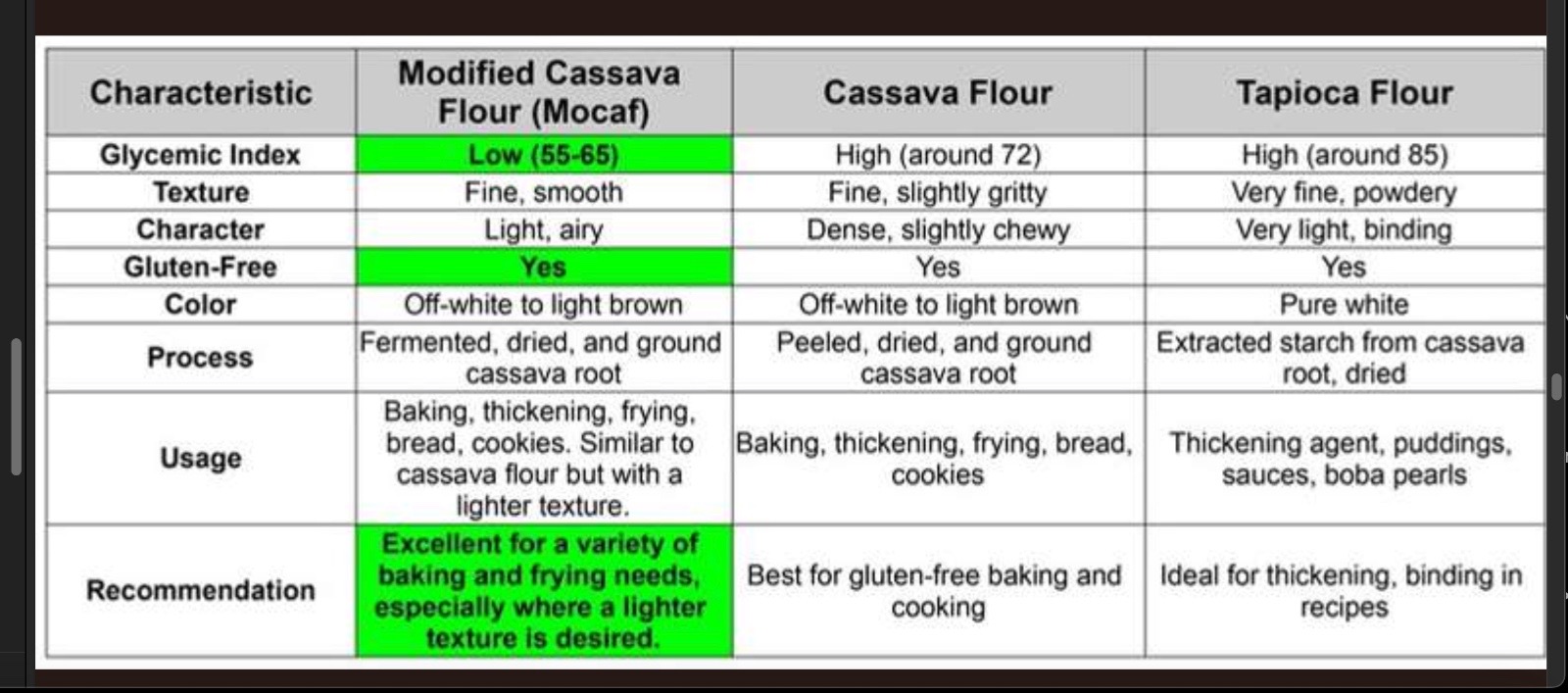







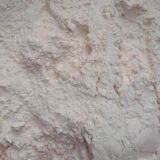

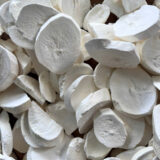





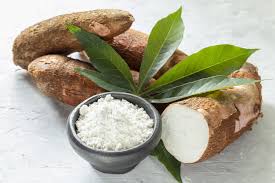
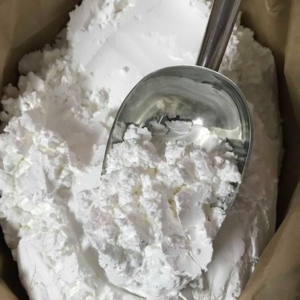
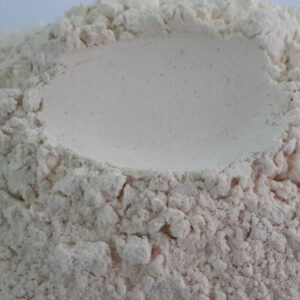
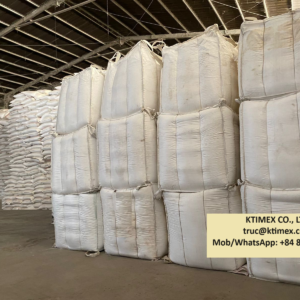
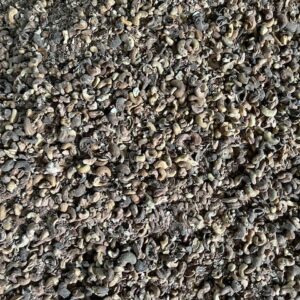


Be the first to review “Cassava Flour – Industrial Grade & Animal Feed Purposes – Origin Vietnam – Great alternative for Food Ingredient”